 Control and change colors of your light bulbs with your iPhone or Android! How cool would that be? well, it might just become a reality if the LIFX project is successfully funded on Kickstarter… by the amount already pledged it should become available soon. LIFX is very easy to set-up, simply replace your existing bulbs with LIFX smartbulbs, install the free app, and you´re ready to control your bulbs. From your phone, you can adjust the brightness, change color, wake up naturally with automatically increasing light in the morning, automatically dim lights for drifting off to sleep at night, or set the lights in your house to switch on/off when you leave or arrive home. Watch the amazing video
Control and change colors of your light bulbs with your iPhone or Android! How cool would that be? well, it might just become a reality if the LIFX project is successfully funded on Kickstarter… by the amount already pledged it should become available soon. LIFX is very easy to set-up, simply replace your existing bulbs with LIFX smartbulbs, install the free app, and you´re ready to control your bulbs. From your phone, you can adjust the brightness, change color, wake up naturally with automatically increasing light in the morning, automatically dim lights for drifting off to sleep at night, or set the lights in your house to switch on/off when you leave or arrive home. Watch the amazing video
Also check out the Audiobulb, a wireless speaker light bulb
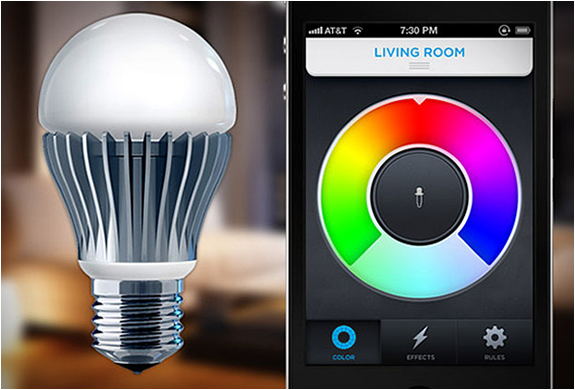

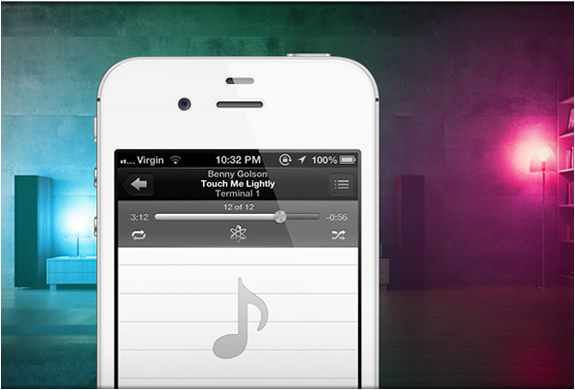
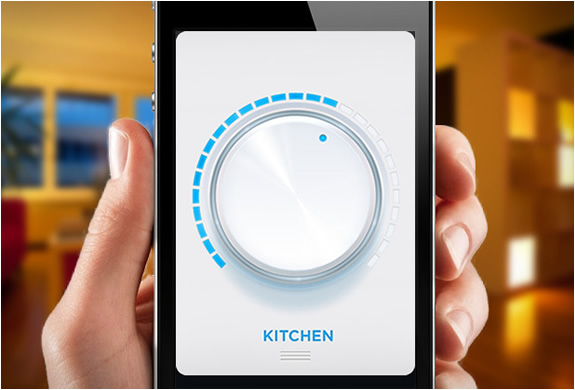
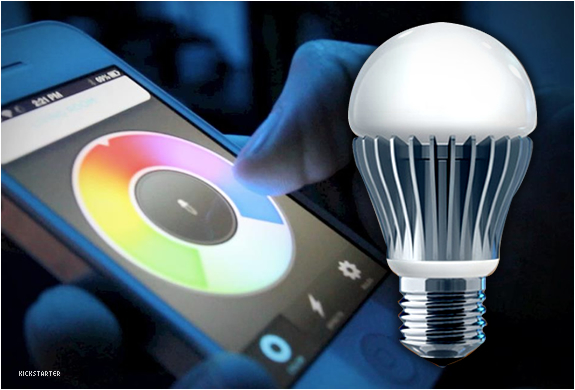


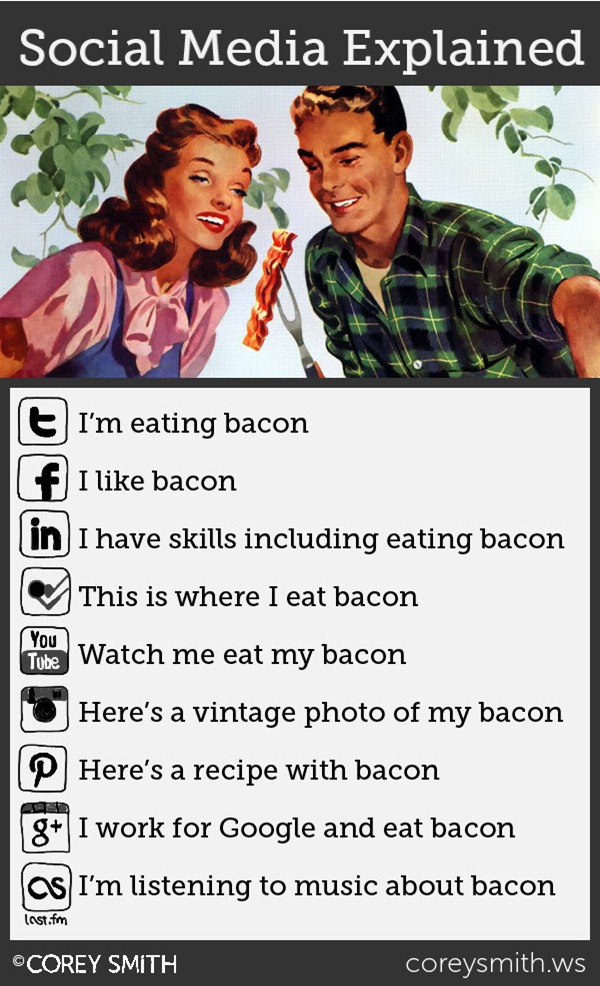





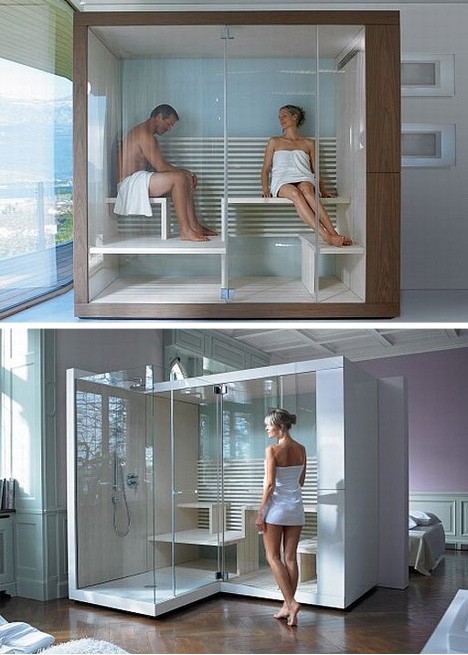
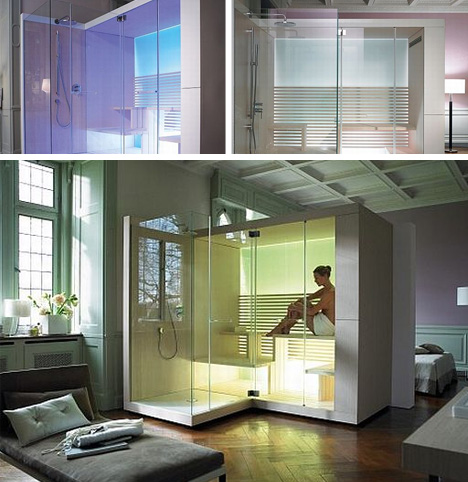


































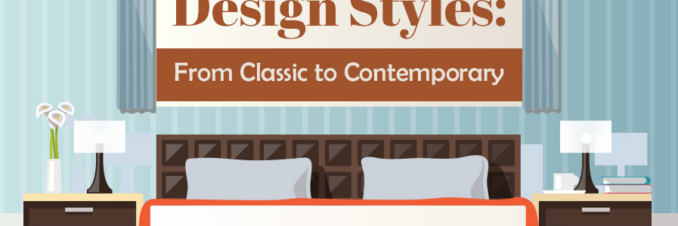





![A 44-Point SEO Checklist to Help Improve Your Process [Infographic]](http://www.emmanuelfonte.com/wp-content/uploads/2023/08/SEO-678x226.png)

